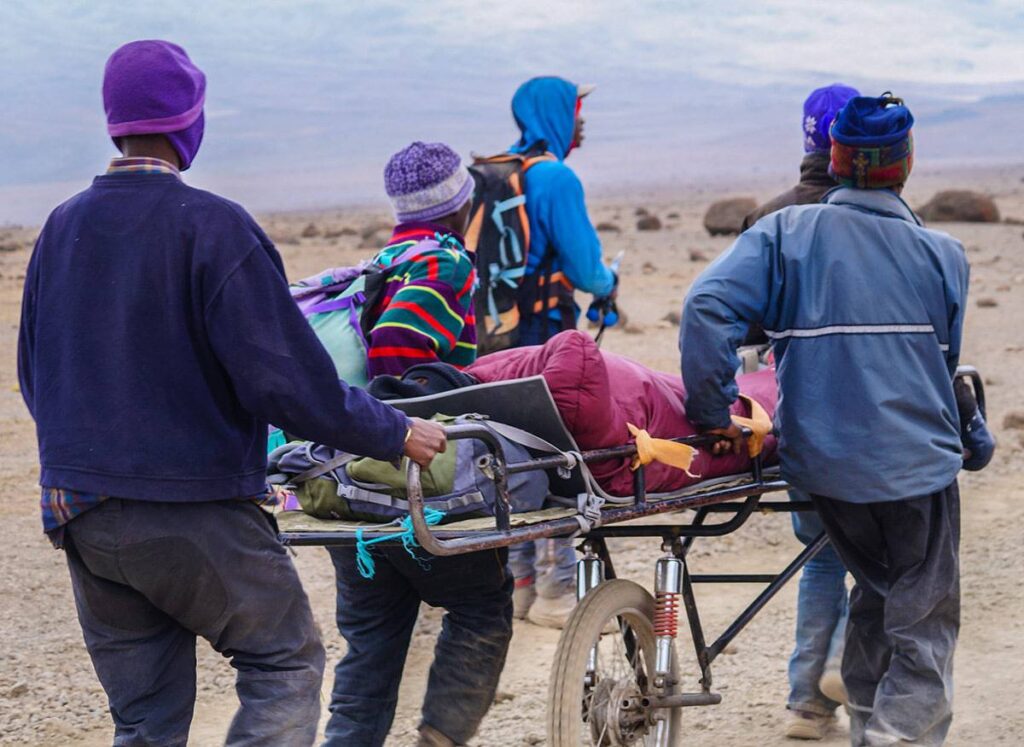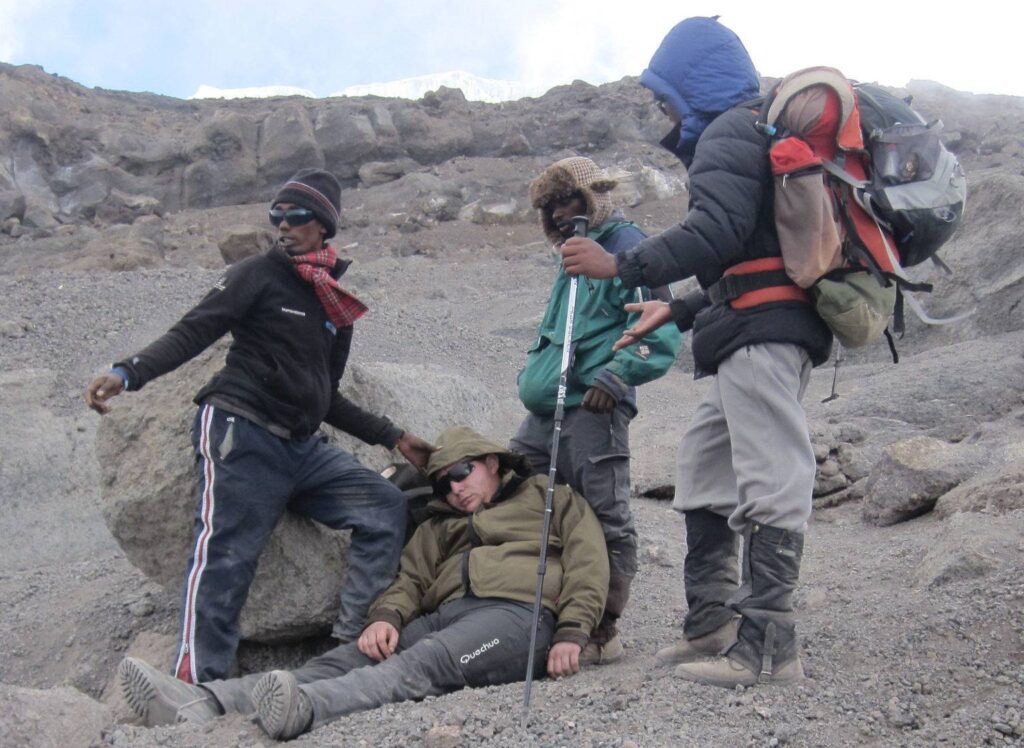Kilimanjaro Altitude Sickness Tips: Prevention, Symptoms & Safety Guide for Climbs
Worried about Kilimanjaro altitude sickness tips? Climbing Africa’s highest peak at 5,895 meters is exhilarating, but altitude sickness (AMS) affects up to 75% of climbers—making prevention essential for a safe summit. This ultimate guide covers kilimanjaro altitude sickness symptoms, how to avoid it, medications, and training strategies.
At Mount Kilimanjaro Guide, our expert-led treks on Mount Kilimanjaro prioritize acclimatization, achieving 95-98% success rates with daily health monitoring.
Over 50,000 climbers attempt annually, but proper preparation reduces risks dramatically. Follow these Kilimanjaro altitude sickness tips for a safer, more enjoyable climb
What is Kilimanjaro Altitude Sickness?
Kilimanjaro altitude sickness, or Acute Mountain Sickness (AMS), happens when your body can’t adapt to lower oxygen levels above 2,500 meters (8,200 feet). On Mount Kilimanjaro, it can escalate to life-threatening High-Altitude Pulmonary Edema (HAPE) or High-Altitude Cerebral Edema (HACE). Understanding zones helps:
| Zone | Elevation | Environment | Risks |
|---|
| Lower Slopes | 800–1,800 meters | Lush rainforest, high oxygen | Minimal |
| Heath and Moorland | 1,800–4,000 meters | Thinner air, sparse vegetation | Mild AMS (headache, nausea) |
| Alpine Desert | 4,000–5,000 meters | Harsh, dry, low oxygen | Increased AMS, HAPE, HACE |
| Summit Zone | 5,000–5,895 meters | Extreme cold, minimal oxygen | Severe AMS, high risk |
Types of Altitude Sickness on Kilimanjaro
- Acute Mountain Sickness (AMS): Common—headache, nausea, fatigue, dizziness. Manage with rest; descend if worsening.
- High-Altitude Pulmonary Edema (HAPE): Fluid in lungs—shortness of breath, cough, fatigue. Immediate descent needed.
- High-Altitude Cerebral Edema (HACE): Brain swelling—confusion, ataxia, hallucinations. Emergency descent critical.
How to Avoid Altitude Sickness on Kilimanjaro: Top Tips
Follow these Kilimanjaro altitude sickness tips to minimize risks:
- Choose a Longer Route: Opt for 7-9 day paths like Lemosho or Northern Circuit for gradual ascent—ascend <500 meters/day above 3,000 meters.
- Hydrate Relentlessly: Drink 3-4 liters daily; avoid caffeine/alcohol.
- Pace Yourself (“Pole Pole”): Slow walking conserves oxygen—listen to guides.
- Eat Smart: High-carb, calorie-dense foods for energy.
- Monitor & Act: Use Lake Louise Score for symptoms; descend if severe.
At Mount Kilimanjaro Guide, our itineraries include acclimatization days for 95%+ success.
Medications for Kilimanjaro Altitude Sickness
Consult a doctor for these Kilimanjaro altitude sickness tips on meds:
- Acetazolamide (Diamox): Prevents AMS—125-250 mg twice daily, start 1-2 days pre-ascent. Side effects: Tingling, frequent urination.
- Dexamethasone: For HACE—4 mg every 6 hours (emergency).
- Nifedipine: For HAPE—30 mg slow-release every 12 hours.
- Ibuprofen: Headache relief—400-600 mg as needed.
- Ondansetron: Anti-nausea for AMS symptoms.
Training to Prevent Kilimanjaro Altitude Sickness
Build resilience with this altitude sickness guide for Kilimanjaro climbs:
- Cardio: Run/cycle 3-5x/week for 3-6 months.
- Hills/Stairs: Weekly hikes with 10-15 kg pack.
- Altitude Practice: Train above 2,000 meters if possible; use masks/chambers.
- Strength: Squats, lunges, planks for core/legs.
Kilimanjaro Altitude Sickness Death: Understanding the Risks
Kilimanjaro altitude sickness death is rare (0.03% rate, 4-10 annually), often from untreated HAPE/HACE. Risks rise on short routes—choose longer ones and ethical operators with evac plans.
Other Challenges:
- Dehydration: Monitor urine color.
- Hypothermia/Frostbite: Layer up.
- Exhaustion: Pace and fuel properly.













































